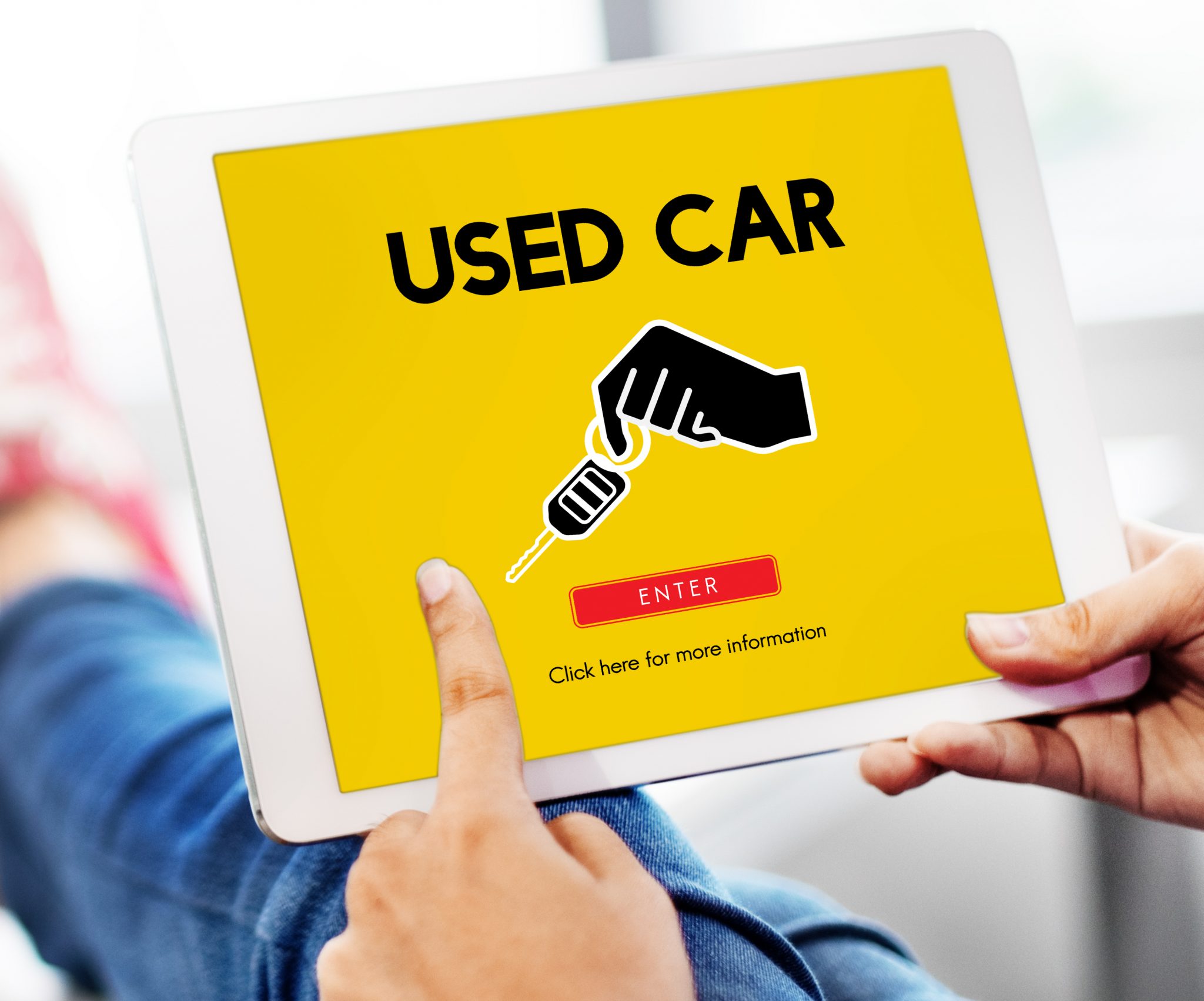In our sales careers, the simple things we learn can make the biggest increases to our earnings. All new salespeople start their careers by telling prospects about the features of their products, and wonder why their words don’t stir up any excitement in the bored clients.
Features Tell, But Benefits Sell
Then we discover how to describe our products in terms of the benefits they provide instead of simply listing their features. We help the client imagine what it would be like to own our product, and to savor other people’s reactions when they see him or her enjoying it. We help our clients visualize all the nice things our product will do for them, and that changes the entire game for us. Customers become a lot more receptive, and we wonder why we didn’t discover that simple tactic sooner. Facts tell but stories sell. The same principle holds true with good online ads.
Advertisements Are Salesmanship in Writing
Advertising is a huge industry. Hundreds of millions of dollars are spent on it every year, and the body of knowledge specific to written advertising is so vast that people earn PhDs in copywriting. Written ads preceded radio and television by decades, and fortunes were built by people who learned the most powerful ways to use written words to persuade readers into becoming buyers.
Your online used car ads are a form of written advertisements. Instead of your words being delivered on paper, they appear on a computer screen or smart phone, but your prospects still read your words to receive your sales message. That process hasn’t changed over the decades. Since it has long ago been discovered what makes written ads sell, let’s look at two ways you could apply some of that vast knowledge base to your used car ads.
Here is a Typical Used Car Ad:
2008 Ford Mustang GT
$14,999, 99K Miles, Single Owner
Features: Leather Seats, Alloy Wheels, Rear Spoiler, Traction Control, Cruise Control, ABS, Air Conditioning, AM/FM/CD Stereo, Automatic Transmission, Power Locks, Power Mirrors, Power Seats, Power Windows, Rear Defroster, Side Airbags, Red exterior, Gray interior
As you can tell, the above ad is all about features and facts. Nothing is said about the benefits of owning this particular car. Unfortunately, that’s how typical used car ads often appear online; they are a mere listing of features. As such, they ads are listless, lifeless and boring.
Tip #1. Give Your Ad a Headline
The most powerful part of any written ad is its headline. The headline is like the title of a book; it tells you what the message is about, and is supposed to make you want to read it. A well-written ad headline serves a similar purpose. Consider this headline:
2008 Ford Mustang GT. Sporty, Attractive, Fun, but Safe and Sensible Too. A Pleasure to Own and Drive.
Here are the rules for constructing headlines. A good headline will:
- State a problem or name a desire the reader might have
- Give the solution to that problem or desire
- Name the product that solves the problem
- Do all that in 8 to 15 words
Tip # 2. Improve the Ad by Listing Some Benefits
Remember we said to sell benefits along with features? Let’s apply that technique to the body of the ad, as follows:
2008 Ford Mustang GT. Sporty, Attractive, Fun, but Safe and Sensible. A Pleasure to Own and Drive.
Single Owner: always driven by the same person.
Comfortable and easy to drive: Air conditioning, automatic transmission, power windows and door locks, power seats, and a cruise control to make your highway trips more pleasant.
Luxury (Pamper Yourself): Genuine leather seats, AM/FM/CD stereo for clear music and enjoyable sound. A rear defroster keeps your view clear and aids visibility on cold mornings.
Keeps you and your loved ones safe: Equipped with safety features like traction control, side air bags, and ABS brakes. Feel safe, secure and protected as you drive.
Enjoy the sporty look and feel of this car: Alloy wheels, rear spoiler, eye-catching red paint with attractive gray interior.
This ad now appeals to the imagination. It invokes feelings, sounds and the pride of ownership. The more senses an ad appeals to (sight, hearing, touch, smell) the more powerful its sales message will be.








